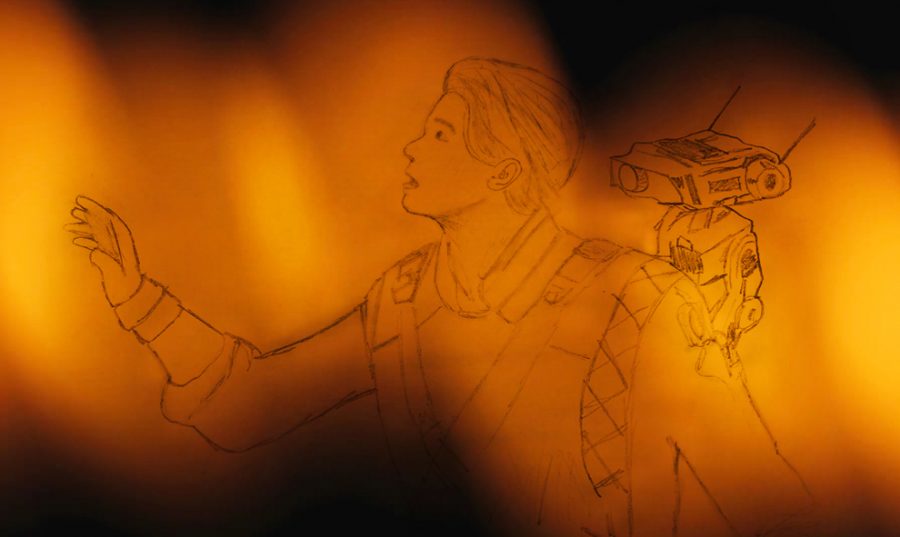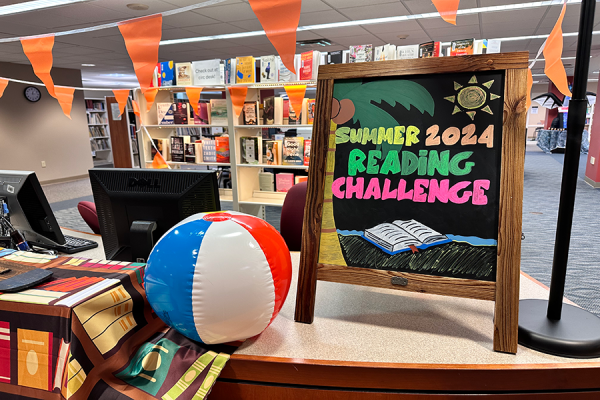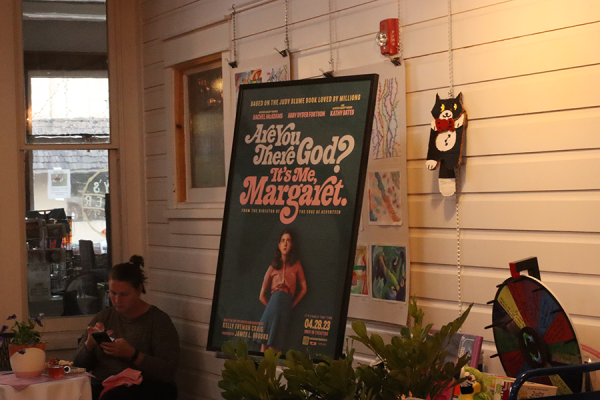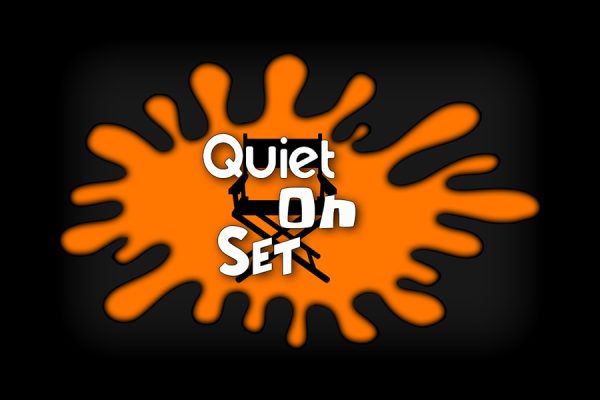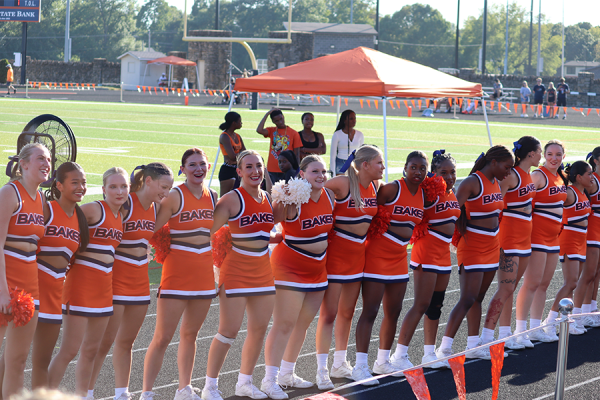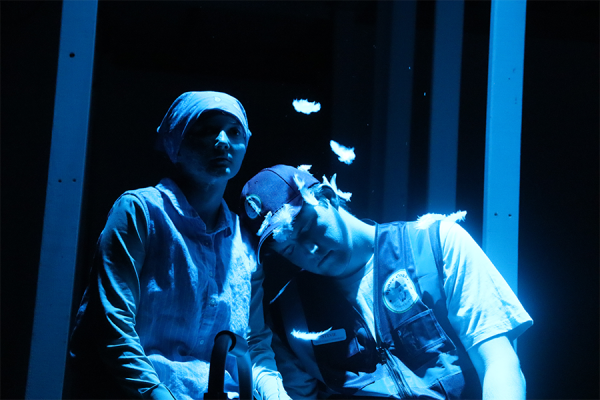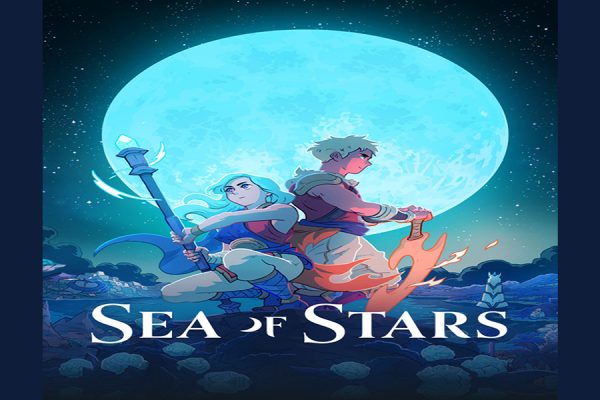“Star Wars Jedi: Fallen Order” utilizes narrative focused gameplay
At a highly divisive time in the “Star Wars” fandom, “Star Wars Jedi: Fallen Order” arrived to seemingly bring balance back to the fanbase with its compelling storyline and stunning graphics.
Taking place in the 19 years between “Star Wars: Revenge of the Sith” and “Star Wars: A New Hope”, the game follows Cal Kestis five years after he survives Order 66 as a Jedi Padawan. While in hiding from the Galactic Empire, Cal is exposed as a force user and hunted by the dreaded Inquisitorius, dark side force users who hunt any remaining Jedi.
Cal eventually teams up with Cere Junda, a former Jedi Knight and Greez Dritus, a pilot with a gambling addiction and together they work to thwart the Empire’s systematic destruction of the Jedi Order.
Only the third “Star Wars” game to be released by Electronic Arts (EA) since 2013, “Star Wars Jedi: Fallen Order” is expected to sell 10 million copies by the end of the fiscal year. Though it was released in November 2019 it became the sixth-best selling game of the year.
In a recent investors meeting EA stated that “Star Wars Jedi: Fallen Order” has already out paced their highest sales projections.
Players have been calling for a narrative driven “Star Wars” game since EA announced they would be producing new “Star Wars” games. However, the company resisted as they believed players were no longer interested in story-based games.
But, six years later the first narrative-based game is both critically acclaimed and flying off the shelves.
One reason for this acclaim is the story itself. While the narrative of the latest “Star Wars” trilogy has been hotly contested, Cal’s story line in addition to the characters and planets introduced offers something new and unique to the “Star Wars” canon. Something the franchise desperately needed.
But while the narrative is something new, there are enough references and familiarity in the game that allows the player to not feel completely isolated from the story.
As for play style, the game offers players to ability to customize their combat technique by allowing them to choose skills to develop. While playing, players can alternate between lightsaber combat and force powers. It also allows players to develop one style of combat over an other.
While the force powers offered in the game are ones most fans would recognize from the big screen, they are employed in more ways than just aiding in fighting Stormtroopers.
A large aspect of the game is puzzle solving while exploring planets and the use of force powers is needed. This implementation of the force in ways other than combat was a nice reminder of the scope and versatility of the force as it reflected the central theme of the game, the restoration of the Jedi Order.
Moreover, the implementation of lightsaber combat, to put simply, is nothing short of fantastic. Not only can players customize the look of the lightsaber but the color too. The type of lightsaber can be changed as well as players can create a double-bladed lightsaber.
The unique thing about the addition of a double-bladed lightsaber is that the player can change from single to double bladed attacks mid-combat. This truly allows the player to immerse themselves in the world of the Jedi as they can pick their preferred technique.
While the game was designed and developed by Respawn Entertainment, a subsidiary of EA known for their first-person multiplayer shooter games, the graphics not only feel like they could be straight out a “Star Wars” movie, but the attention to detail creates a new depth of immersion for the player.
All in all, “Star Wars Jedi: Fallen Order” stands as a testament to the fact that gamers are not done with single-player games and the critical and commercial success they amass.

Jamie Pellikaan is a senior majoring in History and Religious Studies with minors in Mass Media, Primary Texts and Creative Writing. She is the current...


